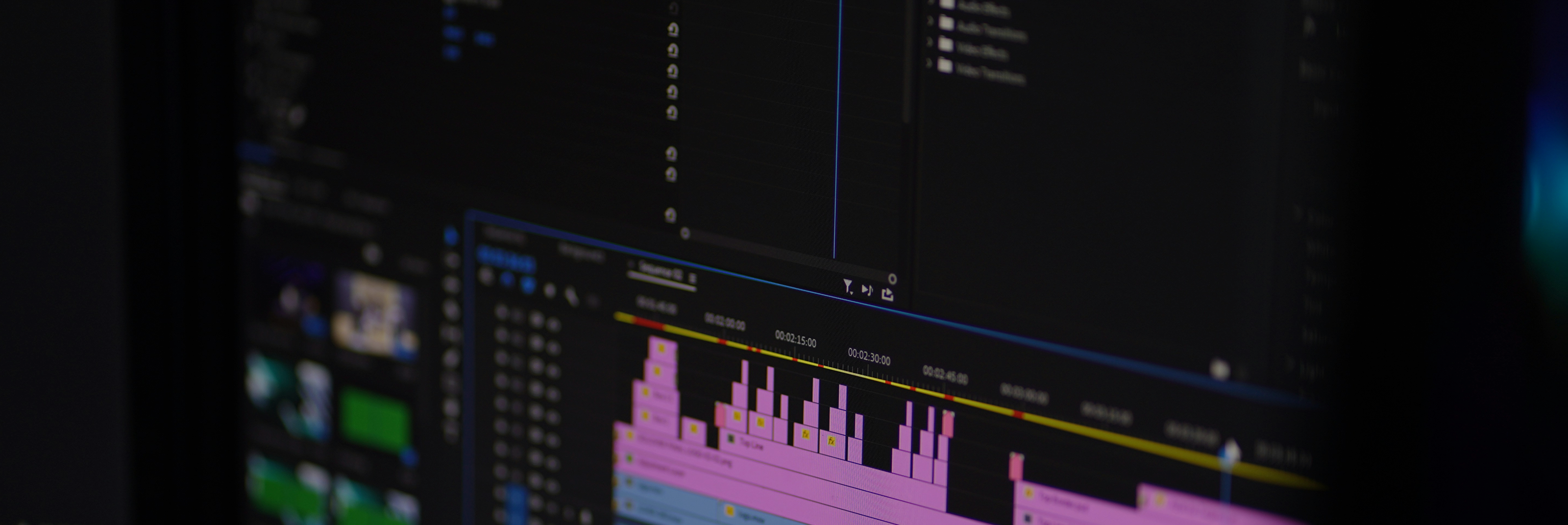Bring your brand to life with motion graphics
Superside turns creative ideas into high-impact ads and animations, fast. Our team of motion graphic experts helps marketing and creative teams meet the demand for dynamic content across every platform. Now it's your turn.
 Motion Ads
Motion Ads Presentation motion
Presentation motion Animated Videos
Animated Videos Campaign support
Campaign support Animated logos
Animated logos AI-powered motion
AI-powered motionStatic brands just don't cut it anymore
As audiences scroll faster and algorithms increasingly favor video, brands need motion simply to be noticed.
Even the best teams lack the in-house skills and time to produce motion consistently across channels, and traditional agencies are often too slow or expensive. The result? Campaigns miss the mark, hurting ROAS, conversions, and your ability to test and learn.
A motion design partner you can trust
Superside delivers creative quality and measurable impact at speed and without compromise.
Motion design projects completed to date.
3,000+
Faster on average vs traditional agencies.
5x
Average motion design project approval rating.
4.9/5
Delivering motion design that moves the needle
From quick-turn ads to high-concept animation, we design motion for every use case and channel.
Motion ads
Standout, social-ready ads built to stop the scroll and drive clicks.
Presentation and event motion
Custom motion at any screen size for decks, events, and live presentations.
Explainers & how-tos
Simplify complex products and ideas with clear, concise animation.
Campaign support
Motion assets for every stage of the funnel, designed for iteration.
AI-powered motion
Blending traditional craft with the latest AI tech for efficiency without compromising quality.
Motion guidelines & toolkits
Bring your brand elements to life with consistency.
Web animations
Engaging, on-page motion in a variety of web-ready formats.



Motion automation
Template-based, scalable rollout for different markets and targeted messaging.
Motion designed for where your audience lives
Paid and programmatic
Motion ads in every format, built to scale across platforms.
Landing pages
Motion in web-ready formats (including Lottie) to drive scroll depth and conversions.
Meta and TikTok
Platform-native motion assets optimized for performance.
YouTube
Video content crafted for attention, completion, and clicks.
Lightweight GIFs and motion elements that increase click-through rates.
Events
Openers, transitions, and visuals to energize your presence at owned and industry events.
AI-powered, creative-first motion design
We combine generative tools with motion expertise to scale content fast, while keeping your creative on-brand.
Accelerating storyboarding to explore creative directions faster
Animating static designs and generating cost-effective AI voice-overs
Adding depth with AI-enhanced background animation
Offering end-to-end AI-powered animation, from concept to delivery
A motion design team built into your creative workflow
We plug directly into your team and tools, making it easy to plan, review, and deliver motion assets at speed.
Brand-trained team
A team that understands your brand guidelines and goals thoroughly.
Motion expertise
A team of strategists, designers, animators, and storytellers with deep motion experience that flexibly scales with your needs.
Collaborative process
Regular check-ins and real-time reviews to keep projects moving.
AI-enhanced speed
Custom AI workflows help us deliver faster without sacrificing creative quality.
Flexible by design
A motion graphic team and design process that fits in and scales as you need.
Now imagine this creative power behind your next project
This is just one of many creative services—what you do with them is up to you. Let's chat.



Learn how motion is moving creative teams

12 motion graphics examples for brands to inspire your creative strategy
Whether you use motion graphics to showcase your latest products, educate internal stakeholders or create scroll-stopping social content, animated visual content can quickly grab attention and drive action.When executed well, motion graphics bring brand stories, products and ideas to life, making them more memorable and engaging for audiences across every touchpoint.In fact, creative that incorporate motion graphics consistently outperform static imagery, generating 1,200% more shares and increasing conversion rates by up to 80%.If you’re keen to create more motion graphics in 2025 and beyond, keep reading. We share 12 knockout motion video examples to inspire your brand’s creative strategy.But first, a quick recap: What are motion graphics videos?
How to Use Motion Graphics in Your Marketing (And Why You Should)
Motion design empowers you to tell complex stories faster—from hover effects on a homepage to a cartoon magic school bus exploring the human digestive system.Motion graphics make video content easier to digest, capture attention better than static images, and ensure your brand leaves a lasting impression on viewers. It’s why we’re seeing more requests at Superside for motion graphics—from social media ads to animated explainer videos.Motion design and animation are also more affordable than traditional live-action video (no sets, food, rent, or hair and makeup to worry about), making it perfect for short-form content. That’s good news when the most engaging videos, according to Wistia, are under 2 minutes in length.Incorporating motion graphics into your marketing may require different expertise and more planning than static assets, but once your brand identity is “set in motion” and the right creative team is in place, you can reuse characters, sounds, music, animated logos, visual effects, and templates to produce videos quickly, and at scale.Eager to learn more? 👀
10 Best Website Animation Examples & Tricks of 2025
Animations are cool. That is a well-documented fact, not an opinion (trust us). Remember back in the late 90s when GIFs and early animations proliferated? How long has it been since you thought about the Hamster Dance or Peanut Butter Jelly Time? Those early viral animations are the predecessors of the stunning, refined animations we see today.People like interactive graphical elements. This is attributed to the average human attention span of eight seconds (according to a 2015 study by Microsoft Corp). Videos and animations keep people engaged, keep the eye moving and may even be used to draw viewers to the CTA. Research by the Online Publishers Association showed that over an eight-month period, 80 percent of users had watched a video ad, and of those, 46 percent had taken a follow-up action.Let’s check out the 10 best website animations so you can get some inspiration for your web pages or learn how adding animations (effective ones) can completely revamp web design.Understanding Animation in Website DesignWeb animation is any motion that is on the web, and though Flash is not used as much now, there are many techniques and technologies that bring the Internet to life:







